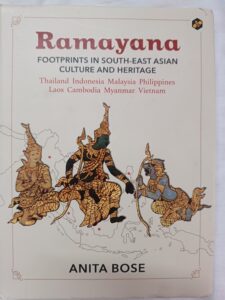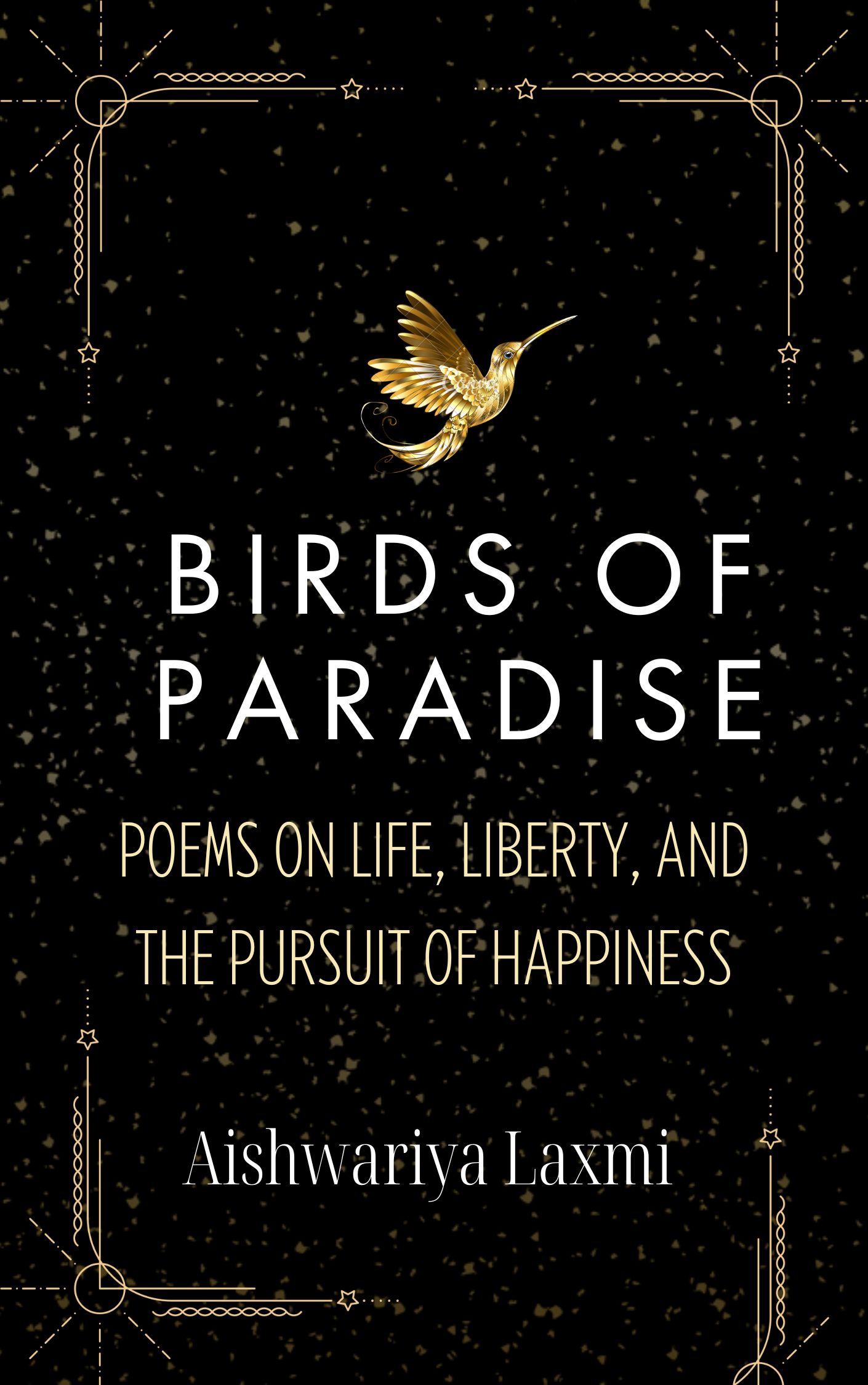Picador 2024
Reviewed by K.S.Loganathan
Dr Rowinska is a mathematician and science writer based in Warsaw, Poland. She earned her Ph.D in mathematics and statistics from Imperial College, London. In this book, she explores the role of maps in our daily lives and the importance of mathematics in mapmaking.
The book braids disciplines like cartography, topological mapping, optimum route scheduling, gerrymandering, environmental criminology, seismology, autonomous vehicle guidance systems etc., and disassembles misapplications in these areas for the benefit of the common reader.
Any attempt to project a 3D object like the earth into a 2D representation on a condensed scale map gives rise to distortions in the shapes of continents and oceans, relative areas, distances, and directions, each of which may be of importance in particular cases. The traditional Mercator map, created in 1569, is best used in areas around the equator for marine navigation. It makes the polar regions (Greenland, Alaska, and Antarctica) look much larger than they are relative to the countries nearer to the equator. For polar regions, a type of azimuthal projection shows little distortion. The scale of distances is difficult to put on a map. The fractal nature of coastlines and the importance of exclusive economic zones based on clear maps are well explained.

The topological London Underground map maintains the connection and order between the stations but ignores the geographical distances and directions. This may be an oversimplification, which can distort the choice of alternative routes for economic travel between places. For self-driving cars, however, precise maps are needed with real-time information from lidars, radars, cameras, and other sensors, and these must be more accurate than a GPS system for automobiles.
Gerrymandering of voting districts and school zones is a rampant practice, particularly in the United States, and it is attracting the attention of politicians in other democracies: there is a detailed chapter to explain the intricacies involved in dividing people via maps. However, there are many beneficial applications too. Life saving in epidemics is getting refined through incidence monitoring which was particularly effective in COVID-19 tracking. Geographic profiling to investigate crimes and terrorism has now become a regular police procedure. An organized search for missing planes by Bayesian methods gives the best chance of success in investigating accidents and introducing safety measures.
The mapping of the ocean floor and Earth’s interior, which goes beyond filling the gaps in atlases, is still a work in progress, and there is much to be done in the areas of climate change, sustainable resource use, and disaster management as well. As humans venture into the study of the neighboring planets, these techniques could open new vistas in space exploration.
The book includes 53 illustrations and numerous references for further reading, but no detailed maps. The author reports many videoconferences with experts in various fields. The level of attention to detail in the early attempts at mapmaking and the detection of causes for cholera outbreaks in London in the 1850s is astonishing: it could however be said that this attention is somewhat abridged in respect of current developments. For example, the section on plate tectonics and Continental Drift may be enriched with maps and lithosphere sections. And more details of self-driving car guidance systems and their requirements would be welcome.
This book is highly recommended as a primer for young women wishing to prosecute STEM courses for careers in data science and applied research, notwithstanding obstacles. It is also useful to the general reader to keep abreast of the current developments and to avoid pitfalls in the interpretation of maps. The author must continue the good work and bring out an intermediate level text to support continuing education in the applications of mathematics in diverse fields.
Thanks to Pan Macmillan for the review copy.












2 Responses
That sounds like an educative book. Am sue, it was a great learning experience to know about the making of a map, considering most of us are only the end users.
Thanks for stopping by Ambica. My dad reviewed the book.